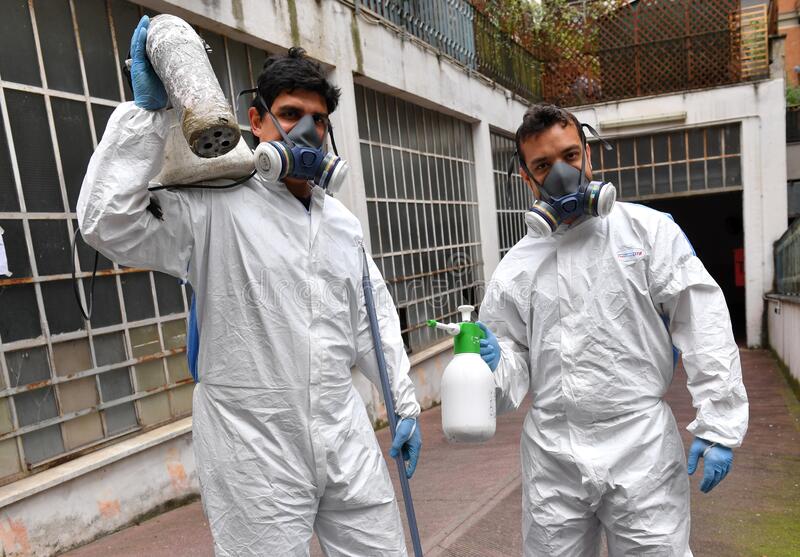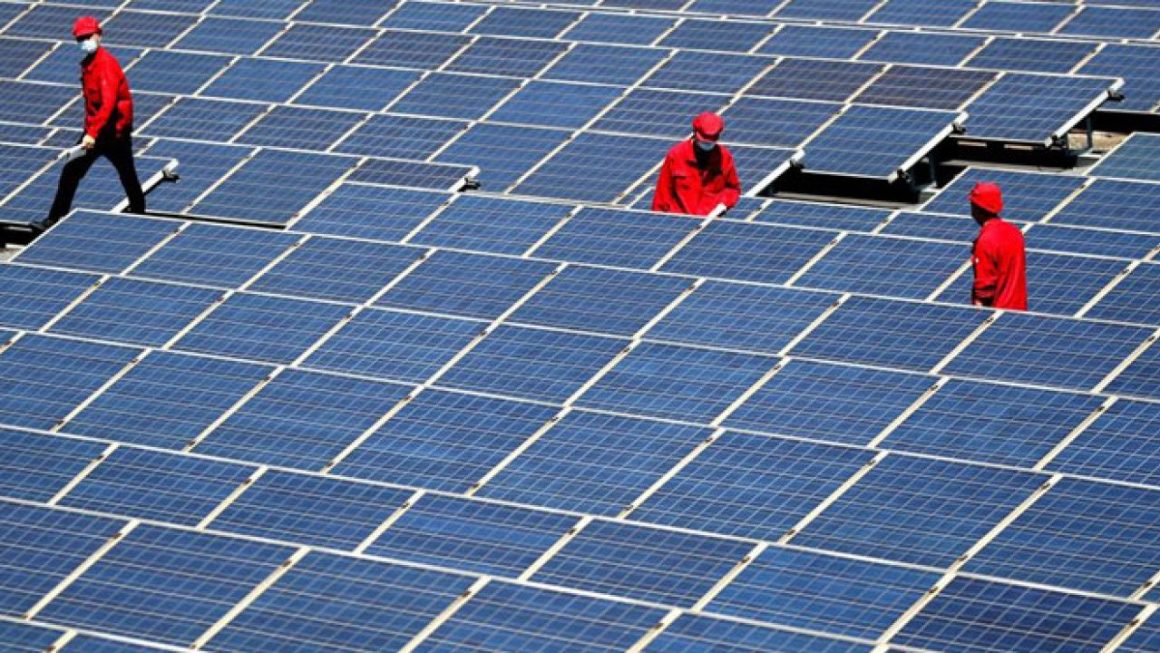Rather than getting rid of human waste as quickly as possible as in conventional systems, environmental sanitation or ecological sanitation proposes to reuse it for agricultural purposes. This solution also saves water and prevents pollution.
Environmental sanitation or ecological sanitation (better known in France under the name “dry toilets”, and in the world under the acronym EcoSan, for Ecological Sanitation) is an approach to sanitation that is based on the idea that human feces and domestic wastewater are not waste that should be disposed of as quickly as possible with large amounts of water (as in water systems). Traditional sanitation, but a potential resource that must be reused as much as possible.
Advantages of environmental sanitation
Environmental sanitation has several advantages:
- saving water at the outset (most systems do not use any at all);
- avoid overloading the sewer networks (when they exist);
- avoid the risks of bacteriological pollution of the water;
- recover and reuse nutrients from urine and feces (most often for agriculture);
- recycle as much as possible the water from this same waste, if necessary after treatment, for irrigation or to recharge aquifers.
- Ideally, sanitation would come to operate in a closed circuit, without any discharge.
While the basic principle of environmental sanitation (collecting and recycling human waste) has been practiced for millennia in various civilizations, it is since the 1980s that modern completely safe and hygienic systems based on this principle have been used. been developed, mainly in northern European countries (especially Sweden), and disseminated in many countries through international solidarity programs.
More To Read: What You Need To Know About Cleaning An Acrylic Aquarium
Disadvantages of conventional sanitation
Conventional sanitation systems have two major drawbacks, particularly in southern countries. Flush toilets connected to a drainage network consume, first of all, a lot of water: traditional equipment used more than 10 liters for each passage (with the most recent systems of double-button toilets, the amount of water can be reduced to 3 liters); on the other hand, large amounts of water are still needed to convey this waste through the sewers to the treatment stations. Second, precisely, this waste is not always treated. 90% of the wastewater in southern countries is discharged without treatment, contributing to the pollution of rivers, lakes and coastal waters, as well as to the spread of water-borne diseases. Nutrients in wastewater discharged into the ocean can eventually suffocate marine microorganisms and increase areas of “dead” water. With regard to pit latrines, they can also pose a risk of contamination of aquifers or running water.
Supporters of ecological sanitation do not fail to point out that these traditional models of sanitation are also unsustainable insofar as, failing to use natural nutrients from human waste (naturally rich in nitrogen, phosphorus and potassium ), they encourage the use of chemical fertilizers. The reuse of human waste can, on the other hand, contribute to food security by restoring soil fertility and by allowing domestic market gardening, including in urban areas. This is all the more important as the phosphate reserves, mainly located in Morocco and China, seem to be on the decline, leading to an increase in the price of phosphorus-based fertilizers.
Different types of environmental sanitation
There are several types of ecological sanitation, and researchers, NGOs and companies in the sector have developed a wide variety of models. The most common are the compost toilets. In some cases, urine and feces are collected together and composted. In other cases, urine and feces are separated beforehand, and the urine is used separately as a fertilizer, diluted in water. Neutralization of feces can be achieved in two different ways, depending on location or climate: by decomposition or by dehydration. In both cases, the process is accelerated and catalyzed by the addition of substances such as wood chips, sawdust and ash. The types of composting toilets marketed in northern countries have a composting compartment either directly below the toilet or in another part of the house. The types widespread in the rural areas of the countries of the South tend to use pits. For example, with the “ArborLoo” type, a fruit tree is planted above the pits once they are filled, which attracts all the nutrients to it. There are also toilets using vermicomposting, as well as solar toilets (based on the principle of dehydration). which attracts all the nutrients to itself. There are also toilets using vermicomposting, as well as solar toilets (based on the principle of dehydration). which attracts all the nutrients to itself. There are also toilets using vermicomposting, as well as solar toilets (based on the principle of dehydration).
Must Read: Termite Inspection – Control And Recommendations
Experiences in the world
In addition to the dry toilets marketed at the individual level, there are several experiences of more ambitious programs (at the level of a city, or toilets installed along a motorway) in the world, in particular in Sweden, a pioneer country in this field ( there are no less than 135,000 ecological toilets). The city of Freiburg in Germany, as part of the rehabilitation of the Vauban district after the departure of the French troops, has also set up an environmental sanitation system, where not only the excrements are composted, but in addition the methane produced by their fermentation is used as a source of domestic energy.
Countries like China and India, which are experiencing strong development (and therefore the means to invest) and whose sanitation network has been very developed up to now, quite naturally constitute the main area of establishment of environmental sanitation today. Significant programs also exist in certain Chinese provinces (Guangxi, Inner Mongolia). Several NGOs active in Third World countries in the field of sanitation use ecological sanitation solutions.


